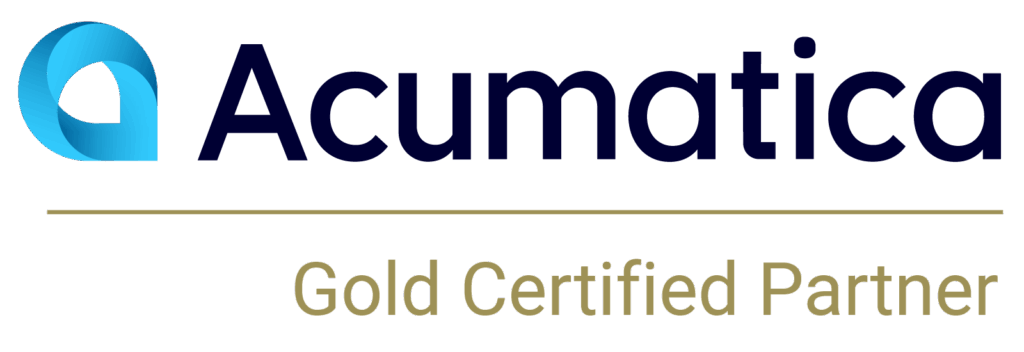Like the miners who delve into the earth’s depths seeking precious resources, business leaders in this sector must dig deep into their operations to unearth critical insights. Key Performance Indicators (KPIs) are the right tool for the job. When used strategically, KPIs are more than numbers, they are metrics that drive meaningful action and align with broader objectives. Does your mining company have a KPI strategy? Here’s what you need to know to create your KPI strategy and master KPIs for mining industry success.
KPIs and OKRs Balance Short- and Long-Term Goals
Understanding the landscape of performance metrics is crucial in the mining industry. KPIs are a familiar form of performance metrics, as are OKRs (Objectives and Key Results). What’s the difference?
KPIs are typically more focused on a business’s short-term, operational aspects. They are quantifiable metrics that help companies track and measure success against specific, predefined goals. For instance, a KPI in the mining industry might be the ‘Safety Incident Rate,’ which tracks the immediate operational performance.
OKRs are usually set with a longer-term perspective and are more strategic. OKRs consist of an objective — a qualitative, aspirational goal, and key results — a set of quantifiable measures used to track the achievement of that goal. An OKR in mining could be improving environmental sustainability, with key results being specific targets for reducing emissions or increasing the use of renewable energy.
Both are valuable ways to monitor your business’s health. Here are some examples of each relevant to the mining industry:
KPI Examples in Mining
- Safety Incident Rate: A critical operational KPI, tracking the number of safety incidents per 1,000 hours of labor, helps maintain high safety standards.
- Return on Assets: Measures the efficiency with which a mining company utilizes its assets to generate profit. It indicates how effectively your company uses its equipment, properties, and other assets to produce returns.
- Equipment Utilization Rate: Monitors how effectively the mining equipment is used, which is essential for cost management and operational efficiency.
OKR Examples in Mining
- Objective: Enhance environmental sustainability.
- Key Result: Reduce greenhouse gas emissions by 20% in the next two years.
- Key Result: Increase renewable energy usage in operations by 30% within 18 months.
- Objective: Improve community relations and support.
- Key Result: Launch three community development projects in the next year.
- Key Result: Achieve a 25% increase in positive community feedback.
The North Star Metric Guides Your Journey
While you work to balance the short and long-term goals with KPIs and OKRs, the North Star Metric serves as a guiding light and is an important element in your KPI strategy. A North Star Metric is a single, key measure that your organization chooses as the focal point of its growth and success. It is the primary metric that reflects the core value delivered to customers and stakeholders, and it aligns and guides all activities and strategies within the company. The concept is particularly popular in the tech industry, especially among startups and growth-oriented companies, but it applies to various sectors — including mining.
A North Star goal aligns all your efforts, ensuring that short-term operational efficiency supports long-term strategic aims. It can be overarching and aspirational, like ‘Minimize Environmental Impact’ or ‘Maximize Worker Safety.’ Or, it can be more strategic and tactical, such as ‘Tonnage Produced by Employee’ or ‘Cost Per Ton Extracted.’
The Symphony of Metrics — Input, Output, Quantitative, and Qualitative
Mining industry metrics can be broadly classified as input or output metrics. Here’s the difference.
Input metrics measure the resources or efforts put into the mining process — labour hours, energy consumption, and equipment usage are examples. Input metrics help monitor efficiency, manage costs, and optimize resource allocation. They are essential for cost control and budgeting.
Output metrics measure the results or outcomes of the mining process — production volume, recovery rate, and safety incidents are examples. Output metrics are crucial for evaluating the effectiveness and profitability of mining operations. They help assess performance against targets, market demand, and regulatory compliance.
Quantitative Vs. Qualitative Metrics
In addition to input and output categories, mining industry metrics can be further categorized as quantitative or qualitative.
Quantitative metrics are numerical data points that offer hard data, such as production volume, recovery rate, energy consumption, and safety incident rates.
On the other hand, qualitative metrics are descriptive and measure aspects of mining operations that are not easily quantified, such as employee satisfaction, community impact, environmental sustainability, and health and safety culture.
And just to keep things interesting, you can have both quantitative input and output — and qualitative input and output metrics. Stick with us, we’ll explain with examples:
- An example of a qualitative input metric in mining could be “Employee Training Quality.” This assesses the nature and effectiveness of training programs provided to mining staff, which is subjective and based on observations or feedback.
- A corresponding qualitative output metric might be “Workplace Safety Culture.” This reflects the attitudes, behaviors, and practices regarding safety among employees in the mining operation, resulting from various inputs, including the quality of employee training.
- An example of a quantitative input metric could be “Energy Consumption,” measured in kilowatt-hours or joules.
- A corresponding quantitative output metric might be “Tons of Ore Extracted.”
Bring It All Together with a Balanced Scorecard
We’ve laid out a lot of information about KPIs, OKRs, inputs, outputs, qualitatives, quantitatives and stars. It’s time to bring it all together to build a balanced approach to leveraging KPIs. The Balanced Scorecard approach is a strategic planning and management system used by organizations to align business activities with their vision and strategy, improve internal and external communications, and monitor organizational performance against strategic goals. Four perspectives make up the Balanced Scorecard:
- Financial Perspective: This includes traditional financial KPIs businesses use to measure profitability, growth, and shareholder value.
- Customer Perspective: KPIs in this area might include customer satisfaction scores, market share, customer retention rates, and customer acquisition costs.
- Internal Business Process Perspective: Metrics here might include cycle times, quality measures, employee productivity, and innovation rates.
- Learning and Growth Perspective: This area focuses on the intangible assets of an organization, particularly human capital, information capital, and organizational capital.
Charting a Course to Excellence
KPIs in the mining industry are essential tools for tracking progress and helping your organization chart a course to excellence. Understanding and applying the right mix of KPIs and OKRs into a balanced scorecard that delivers a comprehensive view can lead mining companies to reach and exceed their operational goals.
At Caron Business Solutions, we understand the unique challenges and opportunities facing companies in the mining industry. Our mining-industry ERP solutions are designed to help you navigate the complex world of KPIs and OKRs, providing the balanced insights you need to excel. Contact us to explore how we can help you unlock the full potential of your mining operations.



